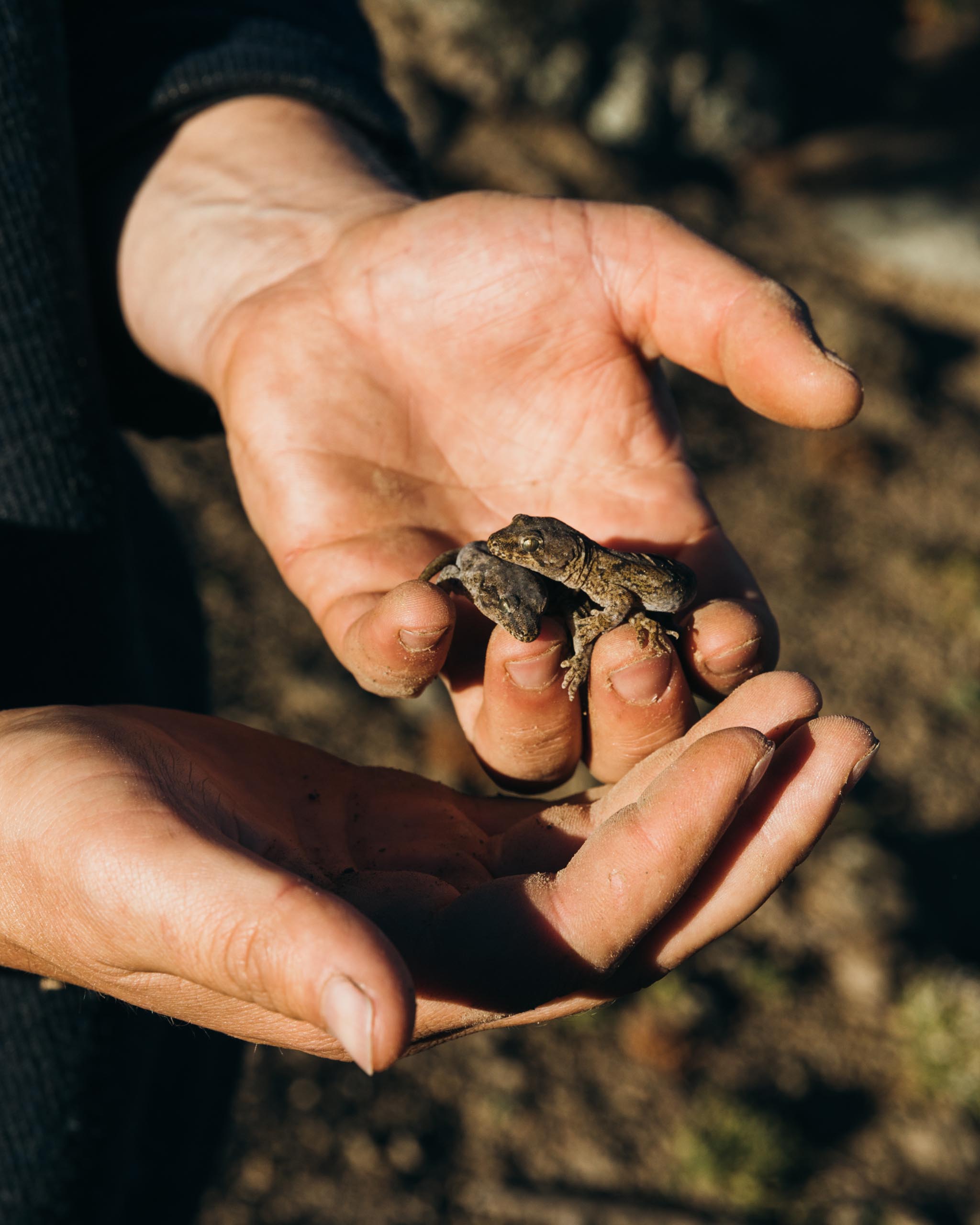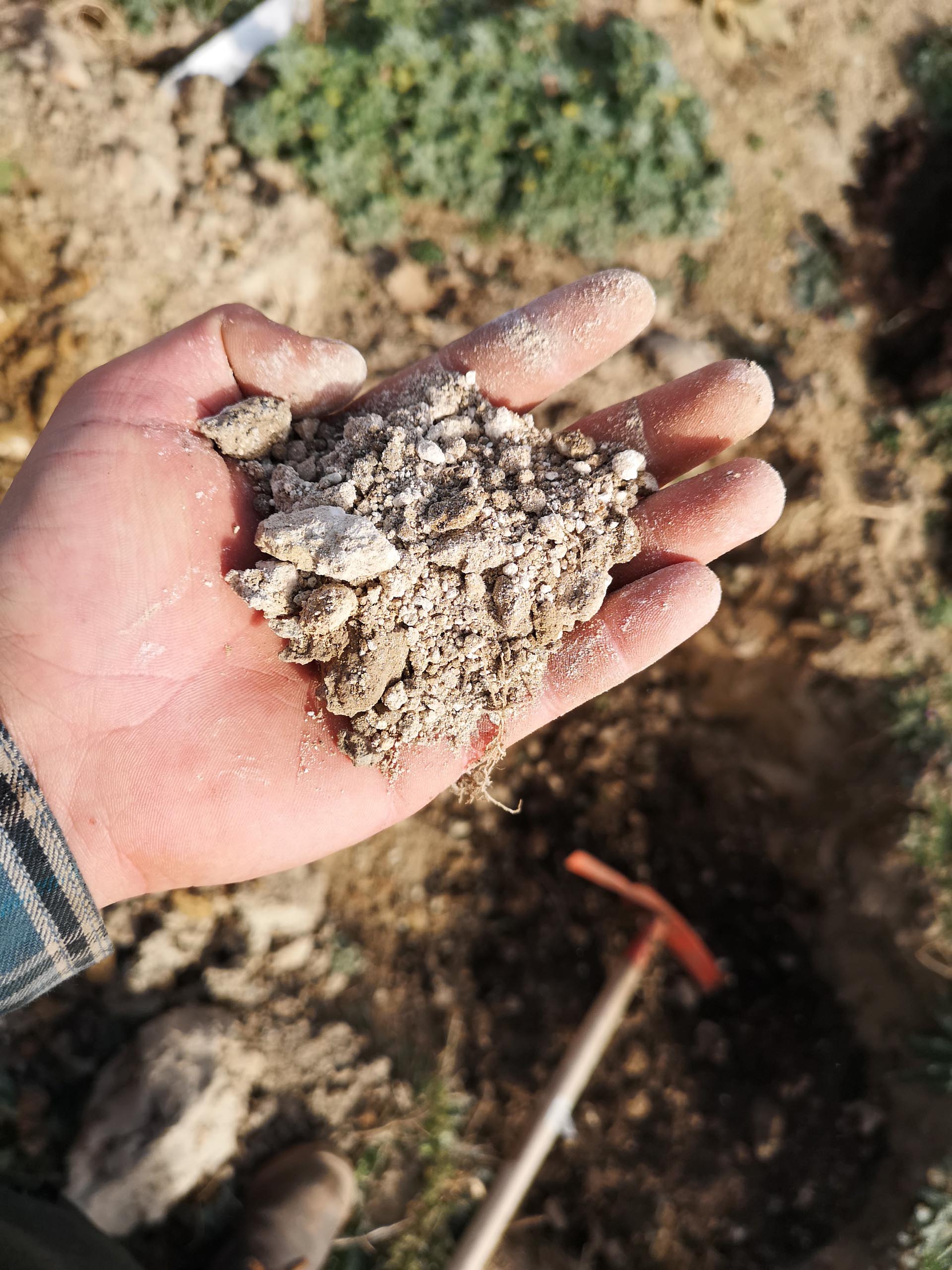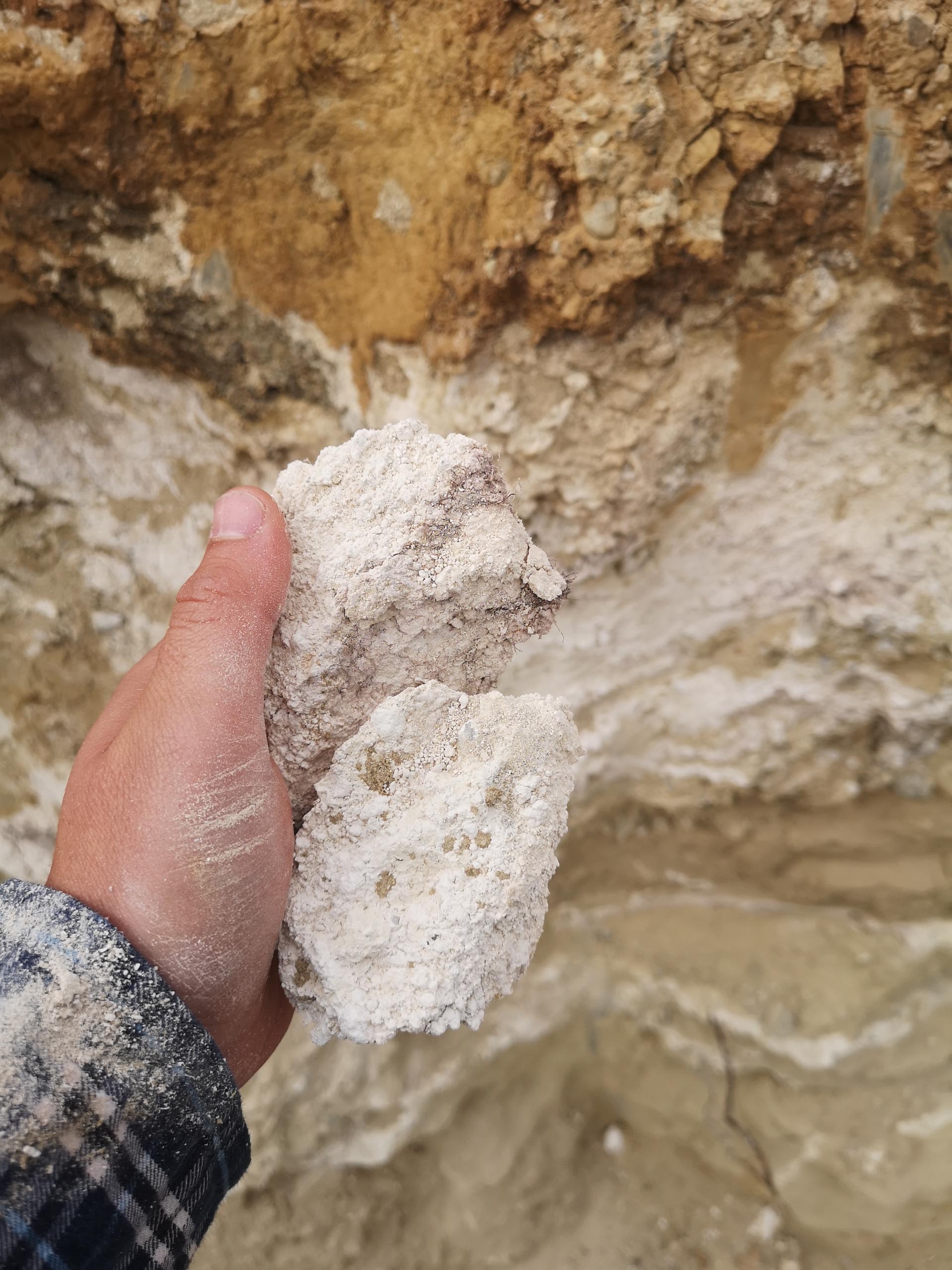Our Place
Moko Hills, a home for generations to come.
Moko Hills is a 40ha family-owned estate encompassed within the foothills of the Dunstan Range, in the Central Otago wine subregion of Bendigo.
The vineyard blocks are embraced by a unique mix of native flora and fauna – Stands of kānuka (Kunzea ericoides) and kōwhai (Sophora microphylla) hugging the outcrops of quartz and schist. These trees acting as messengers between the land and anyone with a willingness to listen.
The flowering kōwhai signals the end of winter and approaching warmer weather. The bright yellow flowers, a stark contrast to the surrounding landscape palette, entice the awakening to its iridescent folds.
The kānuka waits for summer. Its small, white but intensely perfumed flowers are a signal that the neighbouring grapevines are about to begin the all-important period of flowering.
This is the peak of activity at Moko Hills. A deep and constant hum surrounds you – native bees, wasps, and beetles jut from one flower to the other, zigzagging along the hill slopes.
Among these iconic trees, a range of native shrubs, mosses and fungal communities intertwine, creating home and refuge for a range of endemic species. Lizards | Mokomoko, such as the kawarau gecko (Woodworthia sp.), bathe upon the sun-baked rock, blending into the mossy cover. Pairs of Fantails | Pīwakawaka (Rhipidura fuliginosa) dance between branches, snapping up the occasional insect.
The current landscape is a glimpse of the past and a reminder of what once stood. Acting as a signal of hope and a promise of the restoration efforts in the area.
The blocks range in elevation from 310 to 370m above sea level, elongating the maturity parameters of the fruit in a given season, increasing variability and subsequent complexity during a single harvest. The diversity of soils and its unique characteristics at Moko Hills creates an additional range of variables – pushing the parameters of complexity, and further driving the expression of the site within the fruit and subsequent wines.
Rock formations are prominent features across the landscape, comprising of schist and quartz. These rock formations act as shields to the strong spring winds, influencing microclimatic wind patterns, and promoting the deposition of windblown soils (Loess) in small, sheltered pockets. Below this loess lies evidence of the historical movement of colossal ice structures – the glacial ebb and flow from centuries past.

Bands of mineral-rich dark red and orange clays, acting as an aid to the retention of water in a dry climate, slowly releasing moisture during Central Otago’s warm and dry summers.
Adjacent, and sometimes mixed together, are large deposits of pedogenic lime (calcium carbonate), influencing soil pH and the subsequent availability and release of minerals to the searching vine roots.
Going much deeper, you begin to find free-draining bands of gravels and smooth river rock, helping retain soil and vine integrity during heavy rainfall. Dispersed pockets of silts and sands further influence soil variability.
The single vineyard wines produced signify a tribute to this diverse environment and the unique mix of flora and fauna that call Moko Hills home.


